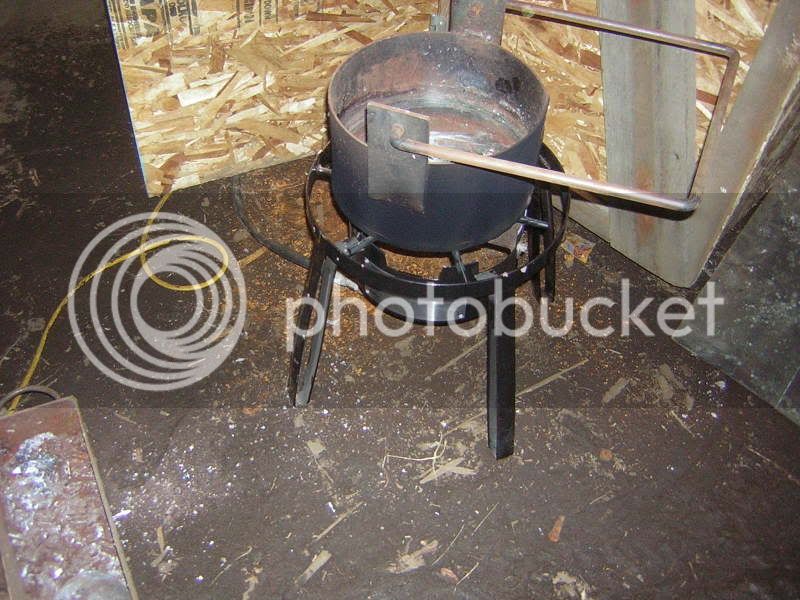- Joined
- Jul 31, 2006
- Messages
- 3,936
- Reaction score
- 1,042
My preferred source of lead is (free) new small scrap from a stained glass shop. It is thin & clean & I just add the scraps to my Lee pot. I have been offered some plumbing scrap that is much bigger and dirty. I want to melt it down, removing the scum & cast it into one pound rods for future use. What methods work well for melting bulk lead, & where do you get the gear? Thanks for any tips.























